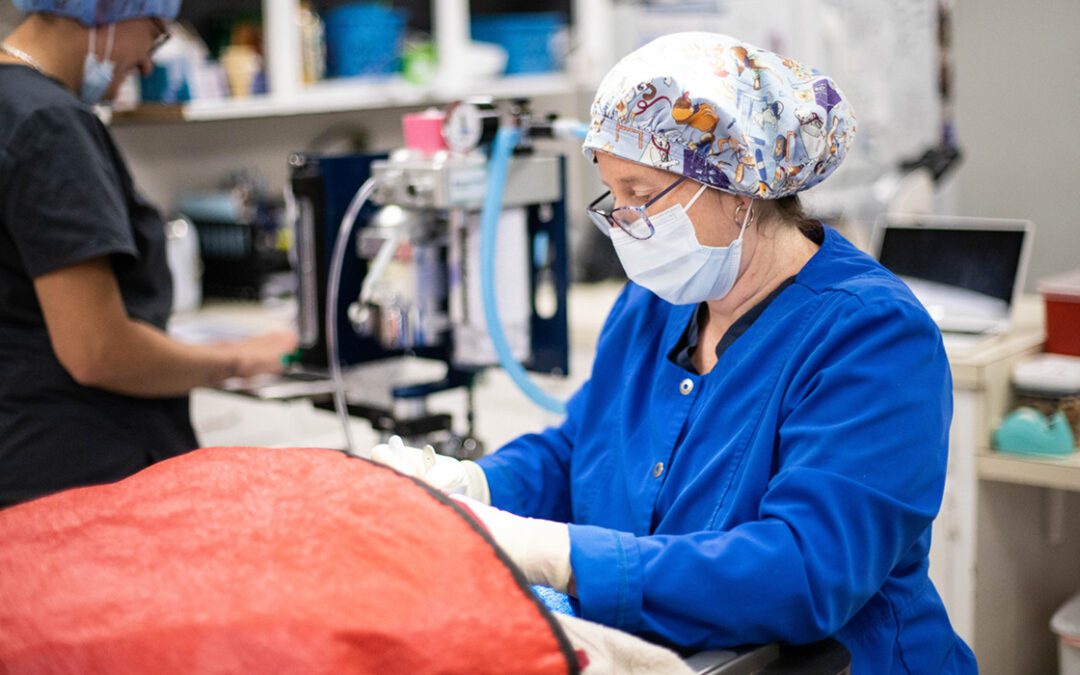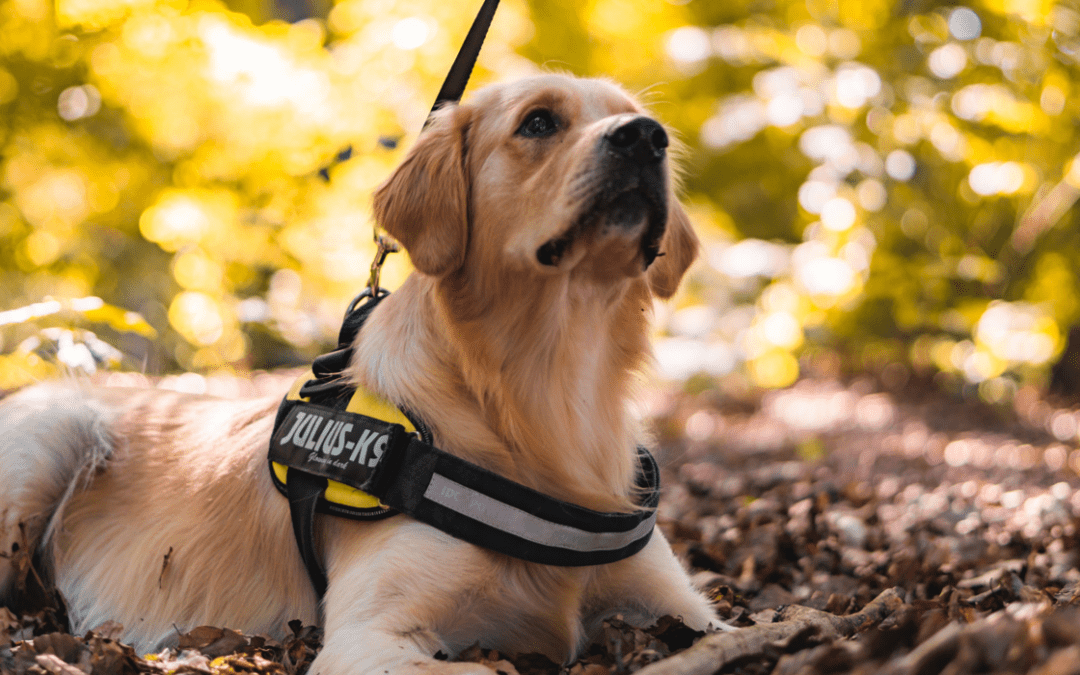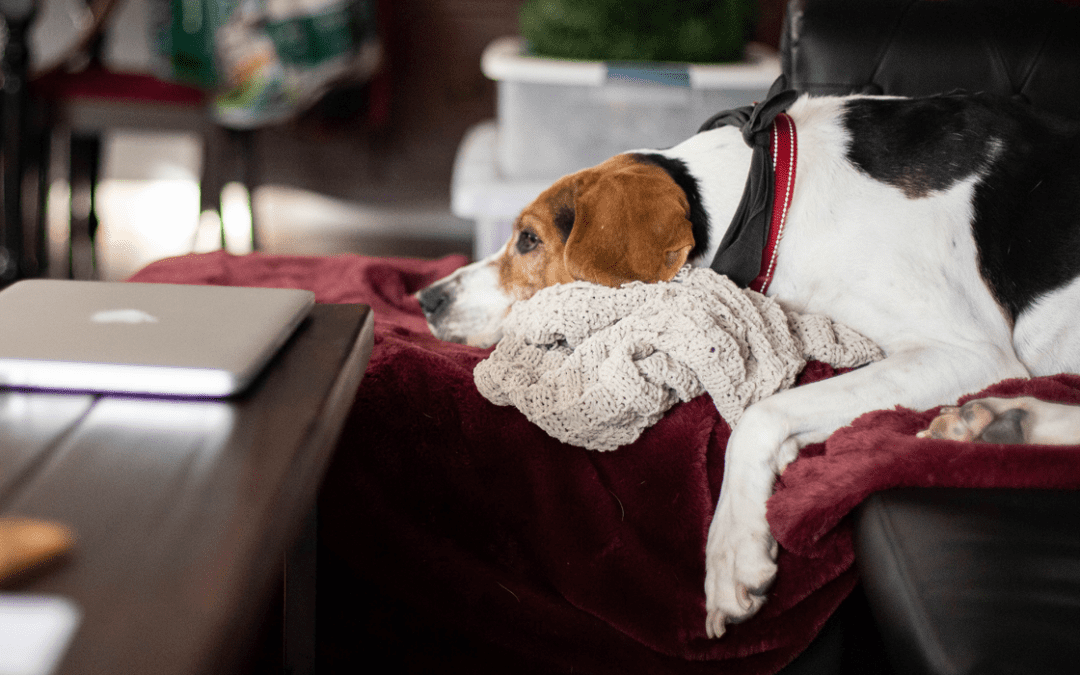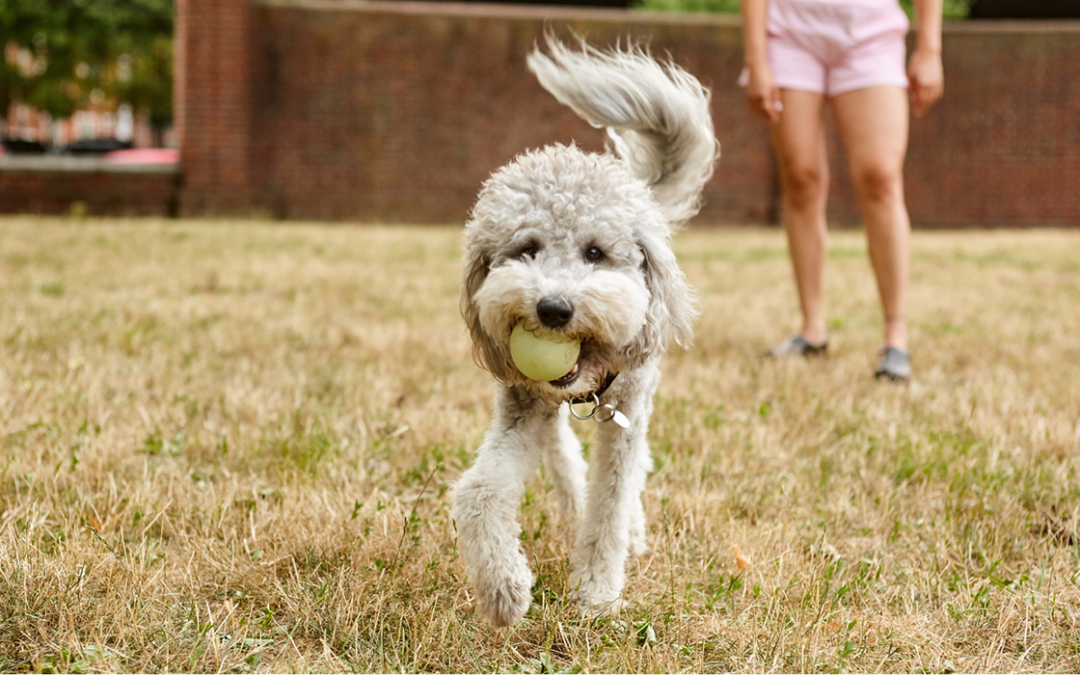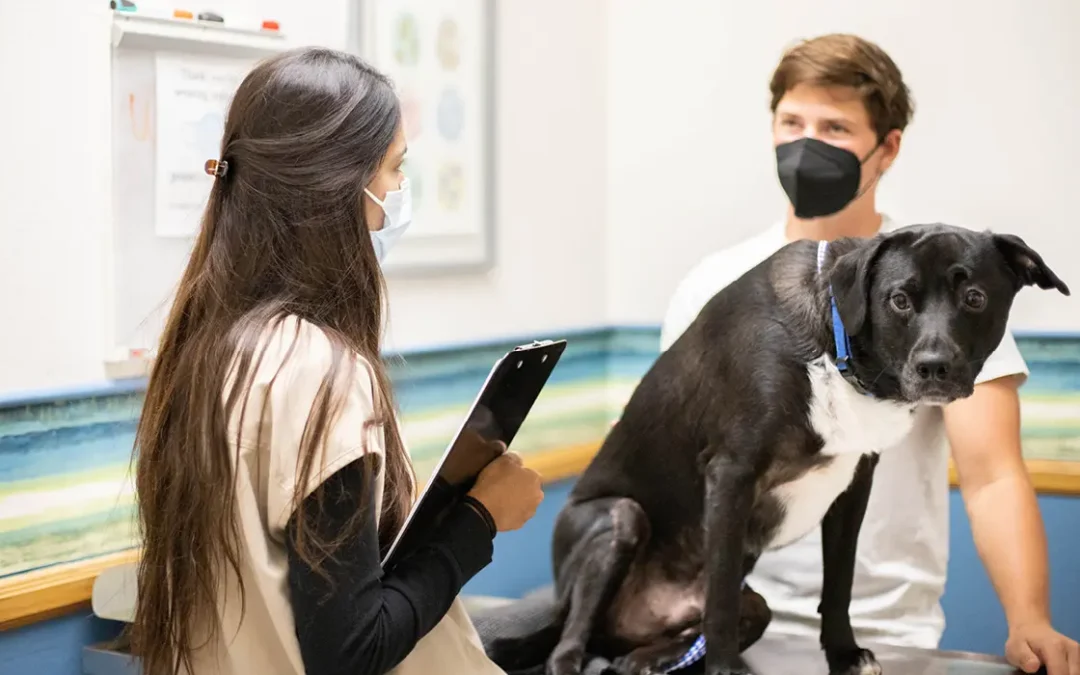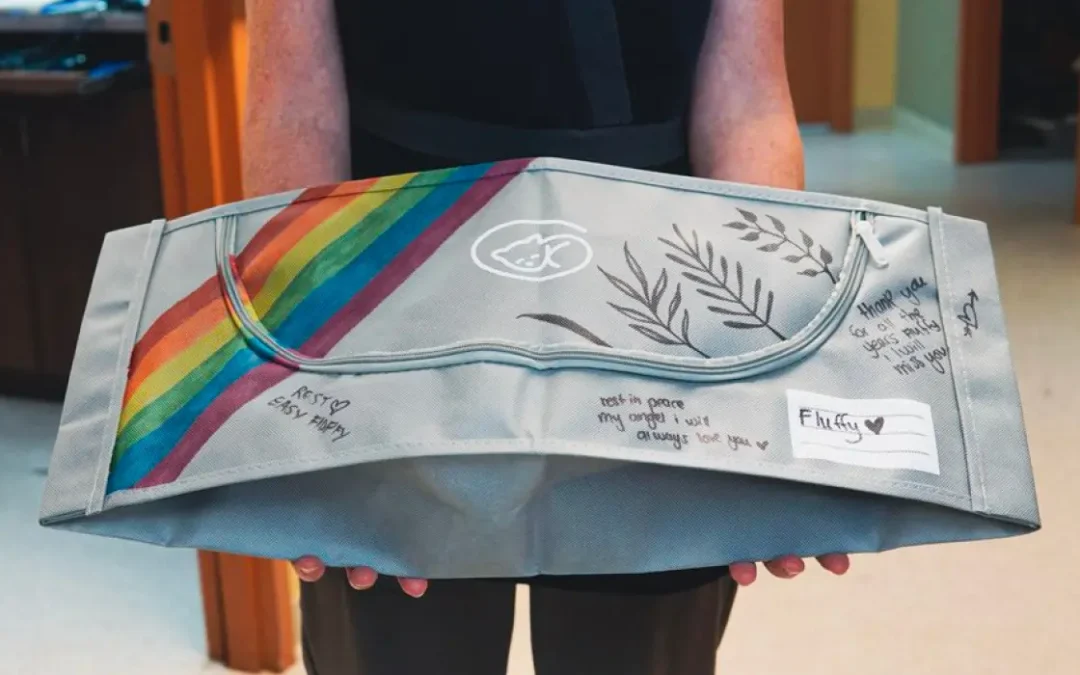Not only can dental issues affect your pet’s quality of life and mood, but chronic infection can damage your pet’s heart, liver, and kidneys and affect them systematically. This is why dental cleanings are a great preventative for keeping your pet healthy for life.
Common Dental Problems in Pets
Some common signs of poor dental health in pets include the following:
- Bad breath
- Reduced appetite or difficulty eating
- Painful mouth, face, or jaw
- Bleeding
- Swelling of the mouth or face
- Tooth discoloration
- Retained teeth
- Broken or loose teeth
- Ulcers, abscesses, and lesions
- Red, inflamed gums
- Chronic upper respiratory issues
- Sneezing and drooling
- Head-shaking
For a deeper look at dental problems in pets, read “Common Dental Health Issues in Pets.” Next, let’s talk about what happens during a dental cleaning.
What Happens During a Dental Cleaning?
Veterinary dental care includes everything from regular cleanings, to filings, extractions, repairs, and adjustments. These treatments are explained in more detail below.
1. The Oral Exam
Your veterinarian will first perform a visual oral exam of your pet’s mouth while your pet is awake. Oral assessments also include looking for any abnormal soft tissue issues such as masses, cysts, or oronasal fistulas (openings from the mouth to the nose, caused by infection). When the exam is complete, your veterinarian will be able to recommend appropriate treatment for your pet.
2. Preanesthetic Workup
Next, your pet will undergo a preanesthetic workup for anesthesia. (Note: Dental cleanings should always be done under anesthesia). Your veterinarian will recommend blood work such as a complete blood count (CBC) and serum biochemistry or “chem panel.” Bloodwork ensures that the veterinary team is not missing any underlying illness that might make for an unsteady anesthesia.
3. Anesthesia
Your pet will need to be anesthetized for their X-rays and dental cleaning, for which there are many benefits. For one, anesthesia is critical for minimizing any pain, discomfort, or stress that might be experienced during the procedure. It is also impossible to perform dental radiographs or cleanings on an awake patient (this would put staff and your pet at risk of injury). Finally, having your pet intubated (on a breathing tube) during the procedure prevents them from inhaling or swallowing harmful bacteria or debris that can become aerosolized during the cleaning.
4. Radiographs (or X-Rays)
Your pet will need to have dental radiographs taken, which are critical for a thorough and successful dental cleaning and evaluation. These images allow your veterinarian to know what is going on below your pet’s gum line. The radiographs will be taken using intraoral film or a digital radiographic system while your pet is anesthetized.
5. Cleaning
Next, your pet will get their teeth cleaned. The actual dental cleaning involves scaling of the teeth above and below the gums with a hand scaler or ultrasonic scaler; a curette may be used to remove tartar and plaque below the gum line. Thereafter, your pet’s teeth will be polished to smooth the enamel, probed for examination, and the gums will be irrigated. At this stage of the treatment, your veterinarian will have further recommendations based on your pet’s stage of periodontal disease:
- Stage 1: Maintenance; can involve home-care, like dental cleanings and brushing.
- Stage 2: Based on 25% attachment loss; requires scaling below the gums.
- Stage 3: 25–50% attachment loss; requires at-home care, possible extractions, root-planing, and other advanced treatments.
- Stage 4: 50% or greater attachment loss; involves surgery to address bone injury or loss.
6. Extractions
Extractions are recommended in the event that an entire tooth needs to be removed. The extent of the extraction depends on the severity of the issue and the type of tooth and number of tooth roots. During an extraction, a tooth is cut, loosened, and removed, as is all the remaining debris. Oftentimes, the pocket of tissue left behind by the extracted tooth will be sutured.
Following your pet’s completed dental treatment, your veterinarian will provide you with aftercare instructions for their recovery at home.
Additional Coverage With a Pet Insurance Policy
Pet dental care can be pricey, which is why you might want to stay ahead of your pet’s health and shop for a comprehensive pet insurance policy that will help to cover dental prophylactics. Should your pet need more extensive dental care, consider pairing a policy with CareCredit, a flexible health and pet-care credit card. In addition, talk to your veterinarian about the types of payment plans they offer.

